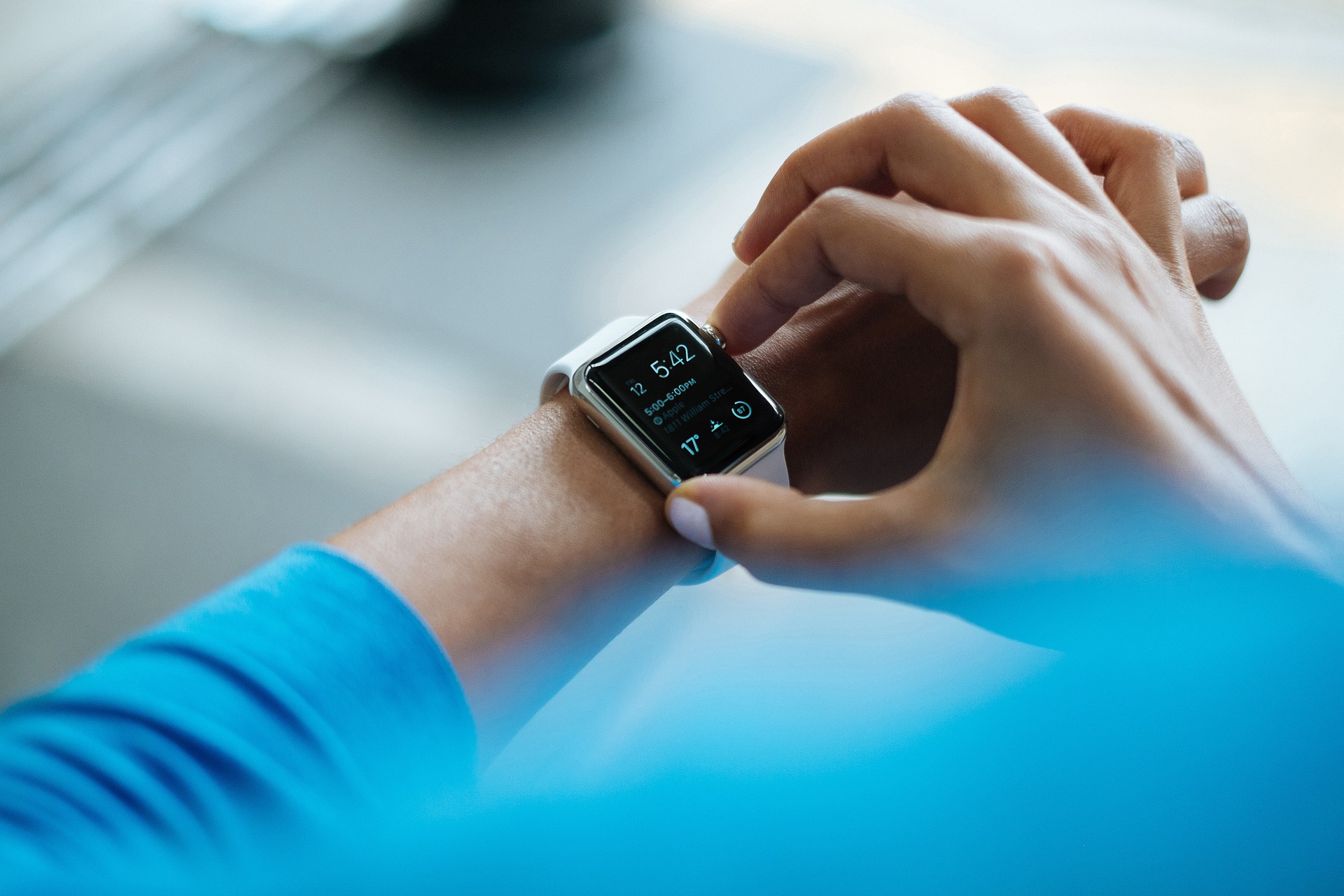8 Successful IoT Devices by Market Category
From 8 IoT categories, the devices that are most popular in each of these have been selected.
See the list below and you agree with the choices. Missing any?
1. Category Wearables: Smartwatch

Smartwatch has been part of the lives of many people for several years, tuned into technology items. Smartwatch assists in the aspect of connecting to other devices such as Smartphone, sending notifications, scheduling or media exchange. But Smartwatch is more than that. It sends information related to health, sports, and user displacement. And if you authorize, anonymously, health information, physical exercises and location are additional items that will compose statistics on the network. The Cloud will have, as usual in the universe of IoT, more massive information for a series of applications.
2. Category Smart Home: Lighting Controller
Smart Home is also another category that has grown by leaps and bounds in IoT. The lighting part is undoubtedly a bestseller in the category. Whether for the purpose of comfort, safety, economy and utility, the intelligent management of home lighting is preferred among Smart Home residents. Several suppliers are already well established in this segment, including public lighting. In large cities it is a resource of great convenience and will certainly continue to grow.
3. Category Connected Car: Safety Systems
Another growing industry, the Connected Car, has areas of applications like entertainment, performance, maintenance and others. But security management seems to be the preferred item of drivers, and therefore, of automakers. Intelligent devices work by alerting you to potential problems in driving or operating the vehicle. In addition, network information can aid in the interaction of drivability. Predictive analytics in the network may offer models that are tested to avoid incidents.
4. Category Smart Factory: Multi Purpose Sensors
The sensors have been available for a long time, but are now coupled to multifunctional circuits. According to necessity, at different stages of the process different sensors are coupled. Whether for temperature, flow, movement, speed, pressure, lighting, noise, smoke, etc., this multi-purpose circuit captures information from the sensor(s) to monitor and control network integration.
There are many innovative smart sensors on the market. The vision of the industrial flow is much deeper today. Processes benefit from production flow data for greater efficiency and manufacturing quality.
5. Category Smart Logistics: Cargo Management
There are many applications in logistics such as inventory, warehouse and fleet management.
Cargo management has been a common item when it comes to modernization with logistics technology. The so-called Intelligent Cargo, permeates all logistics. Use of identification such as RFID and others allows the Cargo to be autonomous, with advantages such as multi-modal transportation, third-party use in transport, storage and distribution management.
The Smart Cargo life cycle is present in the cloud and benefits from statistical analysis for better logistics decisions.
6. Category Smart Farming: Monitoring of Climate Conditions

Agriculture is not behind when it comes to using IoT resources. The Agribusiness, aiming at better gains, more productive use of the land and tries to anticipate the seasonal effects, having in the forecast of climate an essential tool.
Planting, harvesting, and pesticide application are guided by devices scattered in the planted area and nearby, creating a very rich database stored in the timeline to anticipate the effects of the climate in the region.
Captured measurements will be used to map weather conditions, adjust plantings and take the necessary steps to improve agricultural production capacity.
7. Category Smart Grid: Failed Circuit Indicators and Outage Prevention
The fault detection area is the most common in this category. Intelligent sensors at the premises capture local data will form a database that can help predict failures. According to equipment used, local conditions and consumption information, statistics with a tendency for failures and need for maintenance are kept in the cloud so that the operation manager obtains greater performance. The possibility to guarantee practically no downtime, guarantees satisfaction in the use of the network and certainly lower costs.
8. Category Smart Health: Biosensors
Biosensors are among Smart Healthcare’s most popular devices. There are several types of biosensors that transmit patient information through the network to the cloud.
Biosensors acting in real time can allow users to measure heart rate, oxygen level, pulse, glucose levels, blood pressure, and thus some alerts can be triggered immediately on any health problems.
What biosensors allow and show patient behavior regarding the item measured over an extended period of time, as well as using a larger database for more health information. That’s why doctors can better treat the patient and monitor health remotely.
Main Picture form Post from Pixabay.com (jeferrb)